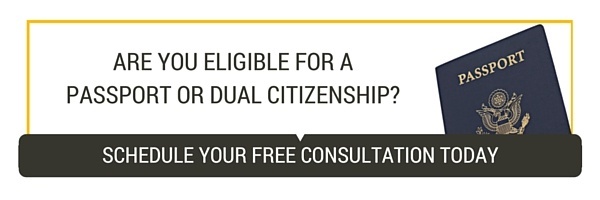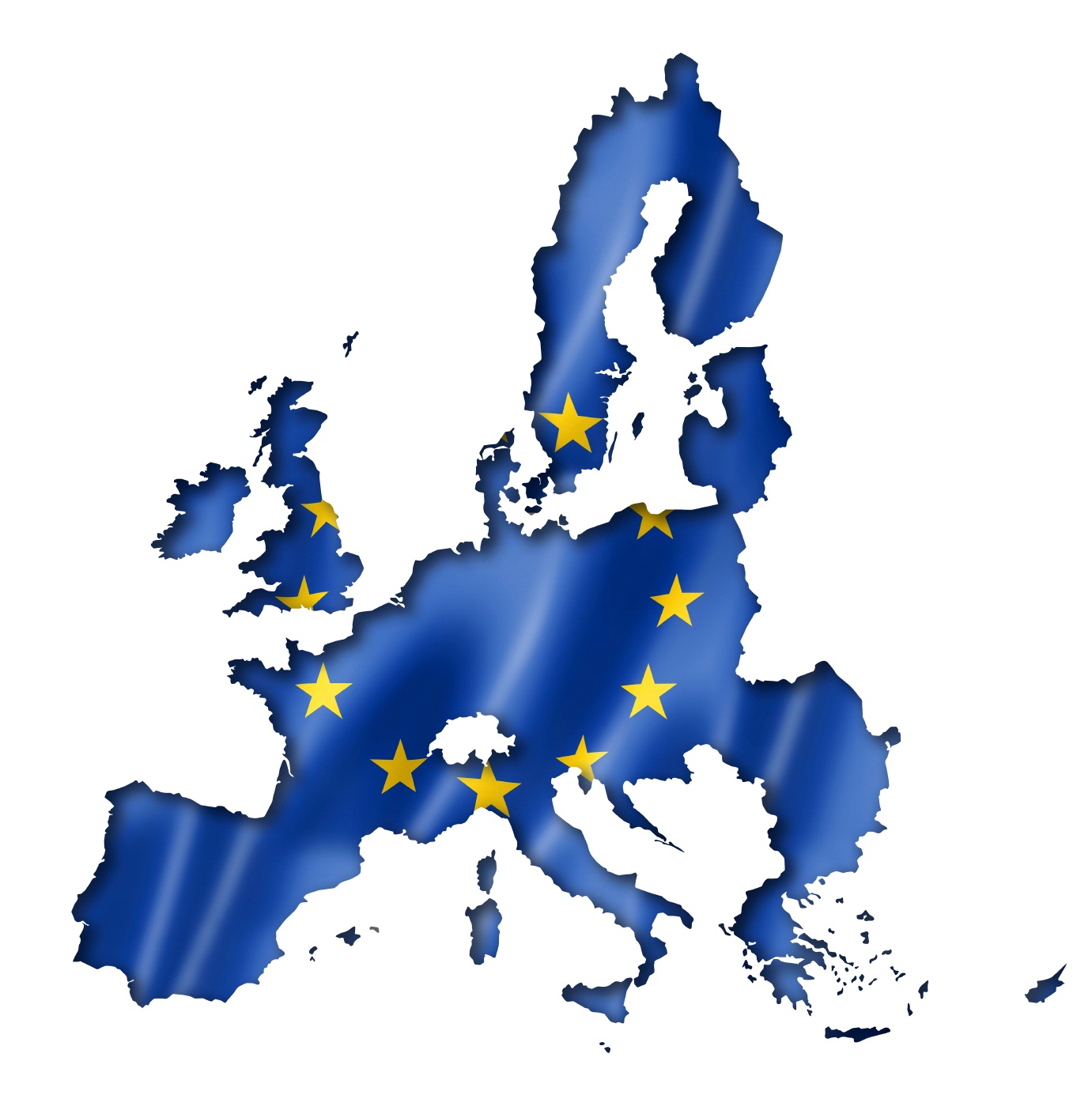In 1950, Robert Schuman, France’s Foreign Minister, issued what became known as The Schuman Declaration. His vision was to unite European countries, both economically and politically, in order to secure lasting peace across the continent. The following is a summary of the major steps that led from World War II to the present. We hope that these interesting facts about the EU will be enlightening and will help you learn about the history of this great region.
EU Explained through the History of the European Union
1945 - The Second World War ended. It was the most recent of European conflicts, that date back to the destruction of the Roman Empire more than 1500 years ago
1949 – The Council of Europe is established as
1950 – The Schuman Declaration is issued. The Declaration is now celebrated on May 9 as ‘Europe Day.’
1951 – The Treaty of Paris establishes the European Coal and Steel Community. The six signatories and founding members were Belgium, France, The Federal Republic of Germany, Italy, Luxembourg, and the Netherlands.
1957 – The six signatories to the Treaty of Paris sign The Treaty of Rome (March 25) and, thus, establish the European Economic Community (The Common Market) and also the European Atomic Energy Community. Trade barriers were eased, allowing goods, capital, and people to move freely between these six nations.
The European economy grows, and member nations of the EEC end customs duties.
1962 (July 30) – EEC members agree to joint control over food production and establish the Common Agricultural Policy, which produces an agricultural surplus.
1963 (July 20) – The EEC members sign the first major international agreement to support 18 former African colonies. By 2005, this agreement led to a 78-member partnership with countries in Africa, the Caribbean, and the Pacific regions.
1968 (July 1) – The Customs Union is created, eliminating all import tariffs between the six member countries.
1972 (April 24) – The Exchange Rate Mechanism allows member nation currencies to fluctuate against each other, within narrow limits. This was a major step
1973 (January 1) – Denmark, Ireland, and the United Kingdom are admitted to the EEC, increasing membership to 9 nations.
1974 (December 10) – The European Regional Development Fund is established with the purpose of transferring funds to poorer member nation areas to boost employment, build infrastructure, and attract investment.
1975 – A UK referendum resulted in a 67.2% vote to remain in the EEC.
1979 (June 7 – 9) – The first direct election of members to the European Parliament were held.
1981 (January 1) – Greece is admitted as a member.
1986 (January 1) – Spain and Portugal are admitted as members.
1986 (February 17) – The Single European Act is adopted, establishing a 6-year timetable to complete all actions needed to create a true common market. This included removing obstacles, such as differences in national regulations, to encourage the free flow of goods across national borders. The Act also strengthened central control over environmental protection. Spain, Portugal, the Azores, and Madeira are admitted as member states.
1987 (February 17) – The Erasmus Programme is launched to help fund students who wish to study for up to a year in another member country.
1992 (February 7) – The Treaty of European Union (also known as The Maastricht Treaty, or simply ‘Maastricht’) is signed, creating the European Union. The Treaty establishes European citizenship, the rules for a single European currency (by 1999), a Common Foreign and Security Policy (CFSP), and closer cooperation between members in judicial and domestic affairs. The term ‘European Union’ replaces ‘European Community.’
1993 (January 1) – The ‘single market’ and its ‘four freedoms’ are established, heralding the free movement of goods, services, money, and people within the EU’s borders. In the following years, more than 200 laws were enacted, covering everything from tax policy to professional qualifications and business regulations
1995 (January 1) – Austria, Finland, and Sweden join the EU.
1995 (March 26) – The Schengen Agreement becomes effective in 7 countries (Belgium, Germany, France, Luxembourg, the Netherlands, and Portugal) enabling many foreign nationals to travel visa-free in these countries. The so-called Schengen Area now includes more than 60 member states and nations.
1997 (June 17) – The Treaty of Amsterdam is signed into European law and lays down plans to reform certain EU institutions. The goal is to give the EU, as an entity, a stronger world-voice and to focus in more ways on civil rights and employment.
1997 (December 13) – The EU begins membership negotiations with 10 nations of Central and Eastern Europe, as well as with Malta and Cyprus.
1999 (January 1) – The EU’s new currency, the Euro Dollar, is introduced as a measure of value for commercial and financial transactions in 11 member states. It was not yet a medium of exchange.
2001 (February 26) – The Treaty of Nice was signed, reforming certain institutions and reinforcing fundamental rights, security, defense, and judicial co-operation in criminal matters. It did not come into force until February 1, 2003.
2002 (January 1) – The Euro becomes a medium of exchange, with coins and notes becoming legal tender in 12 member states.
2003 (March 31) – The EU takes on its first peacekeeping role (in the Balkans) replacing NATO troop units. In addition, the EU agrees to create ‘an area of freedom, security, and justice’ for all of its citizens by 2010.
2004 (May 1) – Eight more countries (the Czech Republic, Estonia, Hungary, Latvia, Lithuania, Poland, Slovenia, and Slovakia) join the EU. This ends the division of Europe, established at the Yalta Conference 60 years earlier. Cyprus and Malta became EU members, increasing the size of membership to 25.
2004 (October 29) – The European Constitution is introduced. The constitution failed to be adopted by referendum in France and the Netherlands. The EU leaders declared a ‘period of reflection.’
2007 (January 1) – Bulgaria and Romania became members, making 27 in all. Turkey and the Republic of Macedonia became candidates for future membership.
2007 (December 13) – The Treaty of Lisbon is signed. This amended previous treaties, and is designed to make the EU more democratic, efficient, and transparent in its workings. It came into force on December 1, 2009.
2013 (January 1) – Croatia becomes a member.
2016 (June 23) – A referendum will be held in the UK to decide if the UK will remain a member of the EU.
If you would like to discuss any of the immigration by investment programs for the EU countries that offer them, please contact us. We look forward to discussing the many opportunities available to you.








